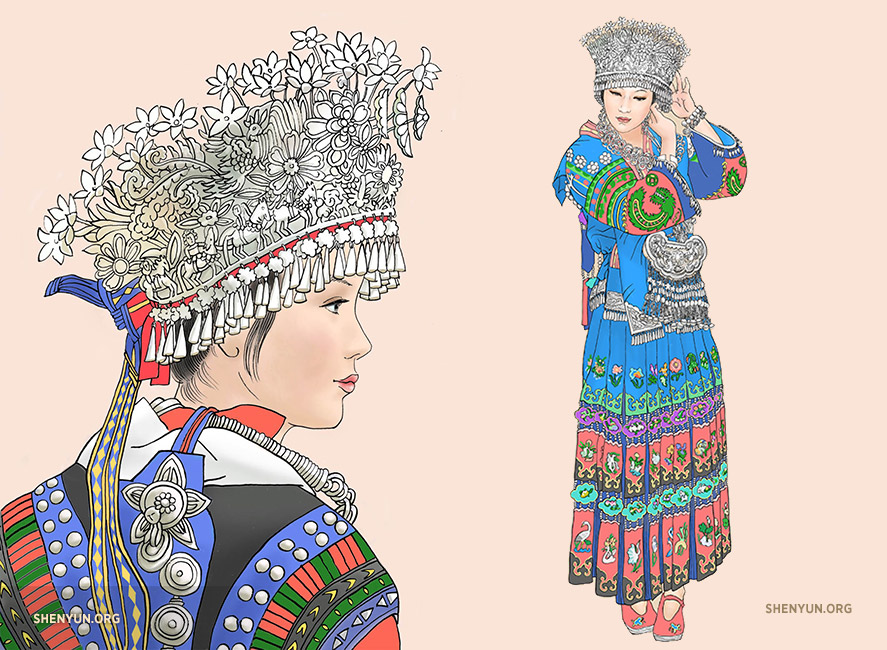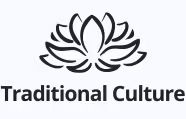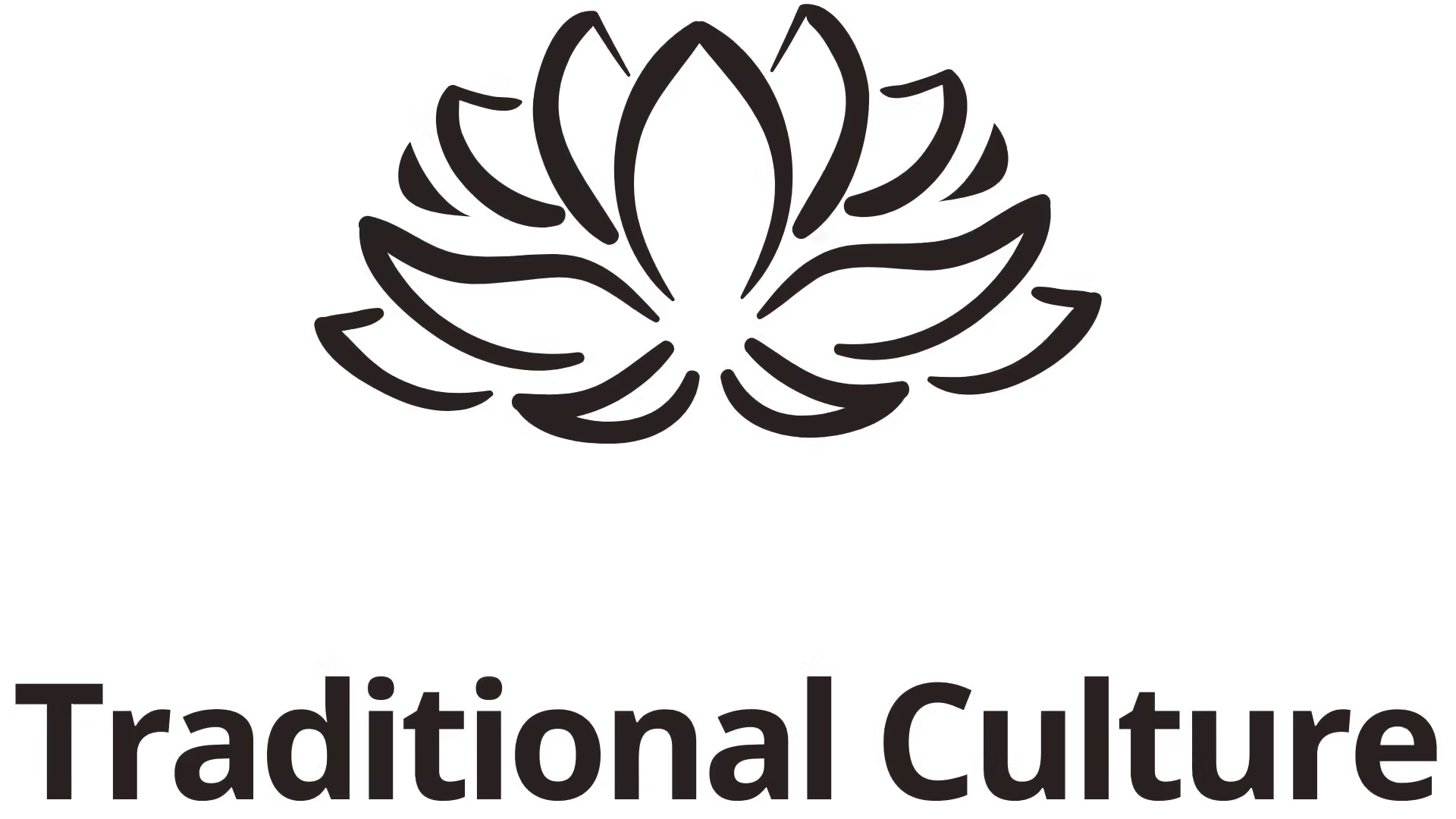With hundreds of styles in a range of brilliant colors, Miao ethnic clothing is one of the gems of traditional Chinese fashion.
The Miao, or Hmong, ethnicity has a long history that dates back to the Qin Dynasty, around the third century B.C.E. Miao ladies dress in gorgeous, lavish colors with strong contrasts and intense hues. Red, black, white, yellow, and blue are favorites. Various types of embroidered designs are matched with numerous dazzling head ornaments, necklaces and neckbands. Bracelets and other silver accessories complete the very distinguished Miao outfit.
Miao ethnic attire is distinguished by the wearer’s age and region of origin. The women’s full dress often weighs many pounds. A typical Hmong outfit consists of a blouse with a wide collar and narrow sleeves worn over a pleated skirt.
Miao skirts have 30 to 40 layers. They are decorated with bright brocades, detailed embroidery, and fine cross-stitch work. All undergo batik dyeing, which involves applying wax to the cloth in high temperatures to produce designs—plants and animals are regular motifs of choice.
Often, these precious outfits are passed down through many generations. In making their costumes, young Miao girls personally do everything—weaving the fabric, stitching the designs, and embroidering the flowered waistband and stomacher by hand, a process which can usually take one to two years.
Probably the most outstanding feature of Hmong attire is the abundance of silver accessories. Neckbands can have as many as seven rings and weigh up to five pounds. In Hmong culture, silver represents family status, symbolizes prosperity and good fortune, and is believed to have the power to exorcise evil spirits.

Traditional Miao parents begin collecting silver jewelry for their daughters at birth and continue until they are married. From childhood, Miao girls also wear big silver locks over their bosoms for good luck and protection; they do not remove these until marriage.
The embroidery on Miao costumes and their signature silver accessories provide encyclopedic documentation of Miao history. The Hmong traditionally did not have a written script. Instead, they recorded their stories on their garments, including legends about their origin and details of worship practices.
✉️ Stay Connected — Subscribe for Weekly Updates
Discover timeless stories, practical wisdom, and beautiful culture — delivered straight to your inbox.
*We only share valuable insights — no spam, ever.







tlover tonet
Tháng 8 5, 2025Rattling good visual appeal on this web site, I’d rate it 10 10.
John Son
Tháng 8 5, 2025thank you so much